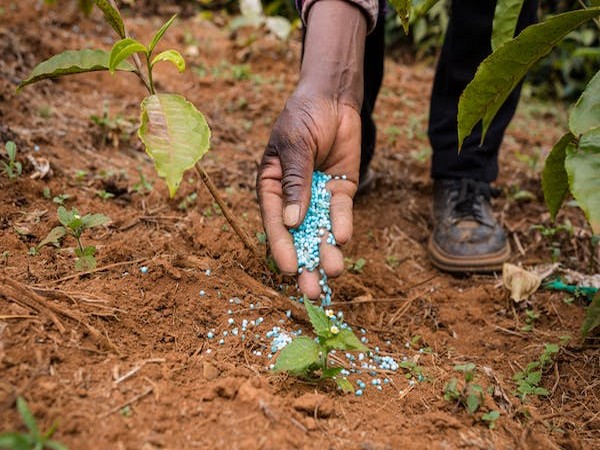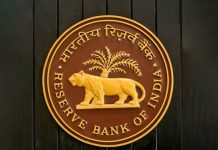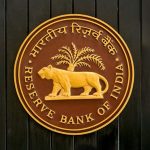New Delhi: The central government has allowed the import of urea through three state-owned fertiliser companies for another year until March 31, 2025, according to a notification by the Directorate General of Foreign Trade.
Those three companies are India Potash Ltd (IPL), Rashtriya Chemicals & Fertilizers Ltd (RCF), and National Fertilizers Ltd (NFL).
“Import of urea (for agriculture purpose) on government account shall be allowed either by designated STEs (state trading enterprises) itself, or through any entity/entities (fertilizer marketing entities) so authorised by the Department of Fertilizers from time to time, for filing BEs at India ports,” the DGFT notification stated.
Urea is widely used in fertilisers as a source of nitrogen (N) and is an important raw material for the agro chemical industry.
India is a major importer of urea, and the country meets 30 per cent of its consumption needs through imports.
Lately, the Union Cabinet approved a proposal of the Department of Fertilizers for fixing the Nutrient Based Subsidy (NBS) rates for the upcoming kharif season on phosphatic and potassic (P&K) fertilizers and inclusion of three new fertilizer grades under scheme.
According to the government, the tentative budgetary requirement for the Kharif season 2024 would be approximately Rs 24,420 crore.
The scheme would improve the availability of fertilizers to farmers at subsidised, affordable and reasonable prices. Rationalisation of subsidy on P&K fertilizers in view of recent trends in the international prices of fertilisers and inputs.
The government is making available 25 grades of P&K fertilizers to farmers at subsidized prices through fertilizer manufacturers/importers. In view of the recent trends in the international prices of fertilizers & inputs i.e. Urea, DAP, MOP and Sulphur, the Government has decided to approve the NBS rates for Kharif 2024 effective from April to September on Phosphatic and Potassic (P&K) fertilizers.
During the past 2-3 years, the government has absorbed the impact of high global commodity prices and ensured the availability of fertilisers at stable retail prices. This has resulted in stable fertiliser consumption and a record agricultural output during these years, as compared to degrowth in consumption globally.
(With imports from ANI)












